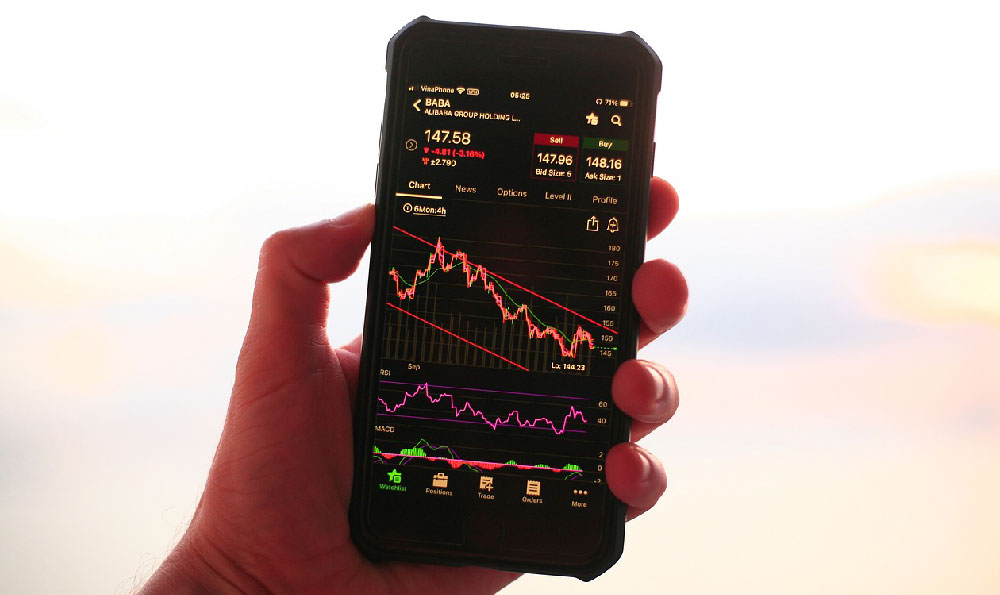Let's delve into the complex world of Uber Eats earnings and whether dedicating your time and resources to it is a worthwhile endeavor. The answer, as with most things related to income, isn't a simple one. It depends heavily on a confluence of factors, ranging from your location and the time of day you're working to the efficiency with which you manage your deliveries and the expenses you incur along the way.
Firstly, geographic location plays a pivotal role in determining your potential earnings. Major metropolitan areas with high population density and a thriving restaurant scene generally offer more opportunities for deliveries. Conversely, smaller towns or rural areas might see fewer orders, leading to less consistent income. Demand also fluctuates within a city. Concentrated business districts during lunchtime hours are typically hotspots, while residential areas tend to pick up during dinner. Understanding these local patterns is crucial for maximizing your earning potential. Researching the typical restaurant density and consumer spending habits in your specific area will inform your decision-making.
The time you dedicate to delivering also significantly impacts your earnings. Peak hours, typically spanning lunch and dinner rushes, command higher order volumes and, sometimes, surge pricing. Working during these periods translates to more deliveries and potentially higher payouts. However, peak hours often coincide with increased traffic congestion, potentially slowing down your delivery times and impacting your efficiency. Experimenting with different time slots and carefully analyzing your earnings reports will allow you to identify the most profitable periods in your location. Consider factors like local events or holidays that could lead to unexpected surges in demand.

Your mode of transportation matters. While cars offer flexibility and the ability to accept larger orders, they also come with higher operating costs, including fuel, insurance, and maintenance. Bikes are more cost-effective, especially in congested urban environments, but they might limit the distance you can travel and the size of orders you can handle. Scooters offer a middle ground, but their availability and regulations vary by location. Carefully evaluating the pros and cons of each option in the context of your specific delivery area is paramount. Consider the terrain, traffic patterns, and parking availability.
Beyond the basics, a few key strategies can significantly boost your earnings. Efficiently managing your time is crucial. This involves strategically positioning yourself in areas with high restaurant density, accepting orders quickly, and optimizing your delivery routes. Utilizing navigation apps and familiarizing yourself with your delivery area will help you avoid unnecessary delays. Customer service also matters. Delivering orders promptly and professionally, and maintaining a friendly demeanor, can lead to higher tips. Consistently providing excellent service increases your chances of receiving positive ratings, which can unlock access to more lucrative delivery opportunities.
However, it's crucial to acknowledge the expenses associated with Uber Eats deliveries. Fuel costs, vehicle maintenance, insurance, and mobile data usage all eat into your profits. Calculating your actual earnings requires a careful assessment of these expenses. Keep meticulous records of your mileage and expenses to accurately determine your net income. Remember to factor in depreciation of your vehicle, as this represents a significant long-term cost. Many delivery drivers fail to adequately account for these expenses, leading to an inflated perception of their actual earnings.
Another important aspect to consider is the tax implications of being an independent contractor. As an Uber Eats driver, you are responsible for paying self-employment taxes, which can be a substantial portion of your income. Understanding your tax obligations and setting aside funds to cover them is essential for avoiding unexpected financial burdens. Consult with a tax professional to ensure you are complying with all applicable regulations and maximizing your tax deductions.
Beyond the purely financial aspects, it's vital to consider the opportunity cost of dedicating your time to Uber Eats. The hours you spend delivering could be used for other income-generating activities, such as pursuing higher education, developing new skills, or working in a more stable and predictable job. Carefully weighing the potential earnings of Uber Eats against the potential benefits of alternative opportunities is a critical step in determining whether it's a worthwhile endeavor.
Finally, be aware of the potential pitfalls. Uber Eats can be inconsistent. Order volumes fluctuate, and earnings can vary significantly from week to week. Reliance on a single source of income can be risky, especially if that source is subject to market fluctuations and unpredictable demand. Diversifying your income streams is a prudent strategy for mitigating risk and ensuring financial stability. Explore other gig economy opportunities or develop skills that can lead to more stable and higher-paying employment.
In conclusion, the potential earnings with Uber Eats are highly variable and dependent on a range of factors. While it can provide a flexible and accessible income source, it's crucial to approach it with a realistic understanding of the associated expenses, tax obligations, and opportunity costs. By carefully analyzing your local market, optimizing your delivery strategies, and meticulously tracking your earnings and expenses, you can maximize your earning potential and determine whether Uber Eats is a worthwhile investment of your time and resources. Remember, thorough research, careful planning, and a realistic perspective are essential for navigating the complexities of the gig economy and achieving your financial goals.












